Old Wounds, New Tensions: China and Japan Face Another Reckoning
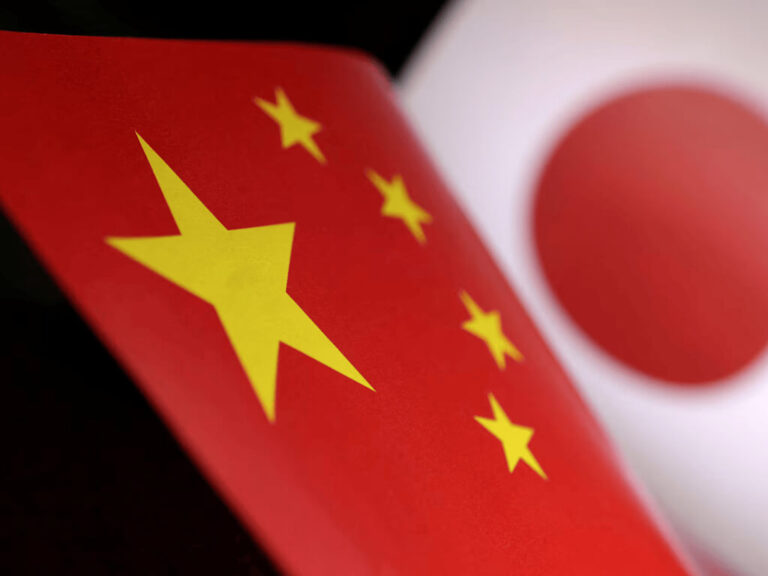
Deep rooted historical animosities between China and Japan have resurfaced, raising concerns about how far current tensions could escalate.

Deep rooted historical animosities between China and Japan have resurfaced, raising concerns about how far current tensions could escalate.
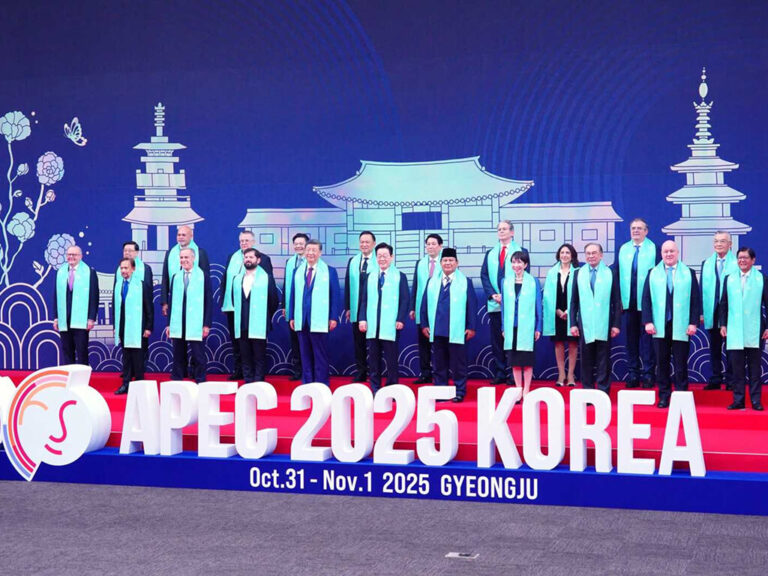
APEC 2025 in South Korea highlighted fractures in global cooperation as the U.S. stepped back and China asserted its growing influence.

Facing deep political divisions and growing foreign pressure, Taiwan stands at a critical moment in its fight to preserve its national identity and democratic values.
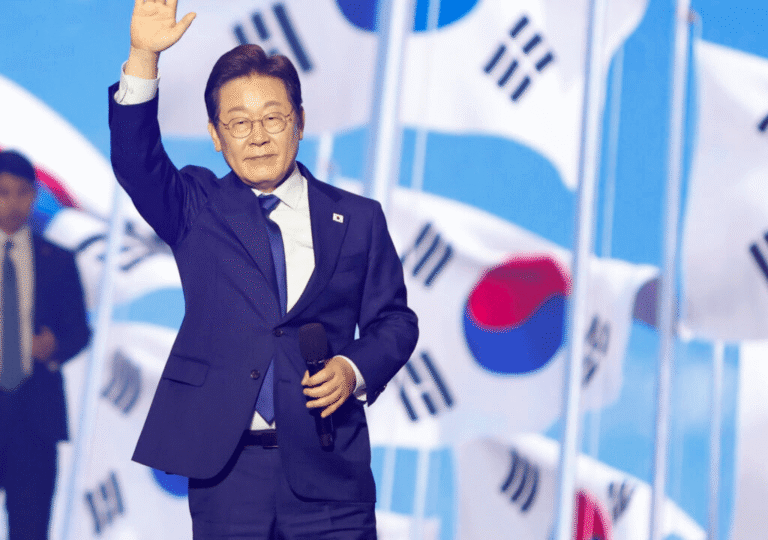
With a new administration in Seoul, will South Korea shift its approach to China? Explore how President Lee’s foreign policy could reshape South Korea–China relations amid regional tensions and economic interdependence.
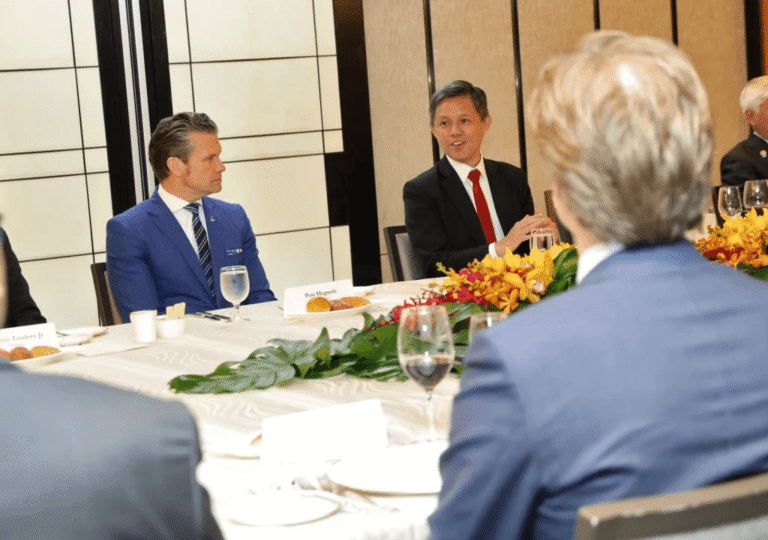
China’s absence from ministerial-level talks at the 2025 Shangri-La Dialogue signals a more cautious diplomatic stance amid rising regional tensions.
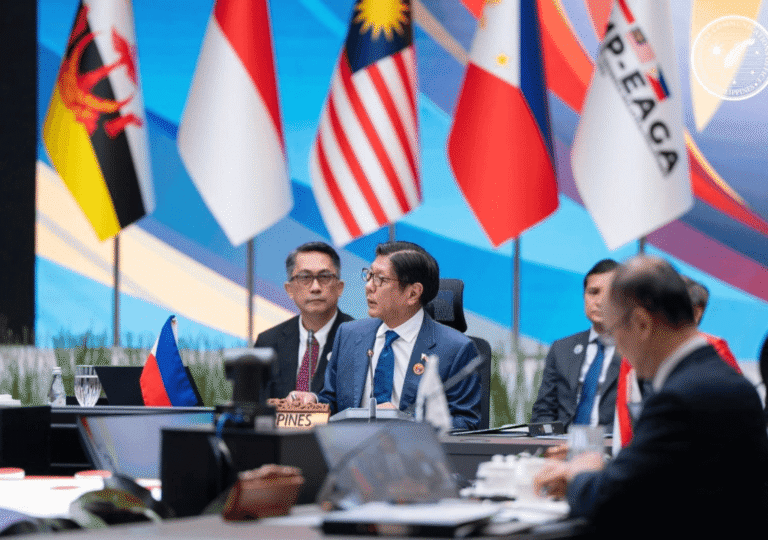
Philippine President Marcos Jr. urges ASEAN to fast-track the South China Sea Code of Conduct amid concerns over China’s growing sway in the regional bloc.

Brazil and China are deepening their bilateral ties, with growing trade, diplomatic cooperation, and shared ambitions in the Global South.
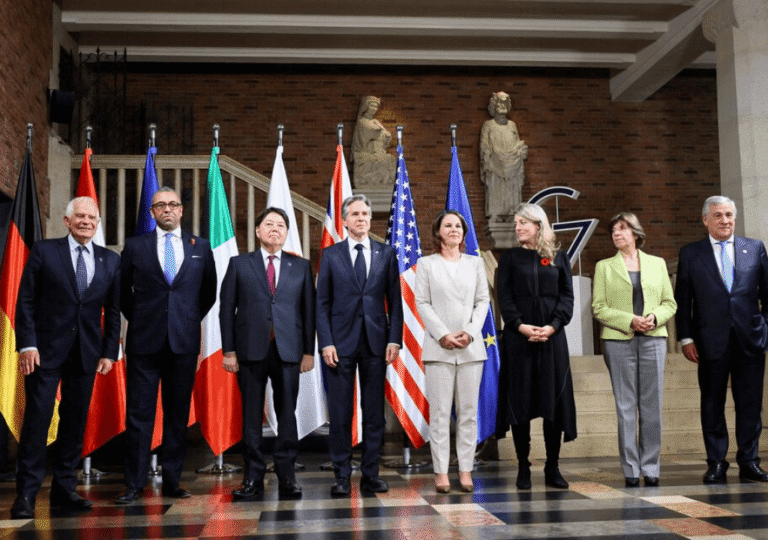
At the latest G7 finance ministers' meeting, the world’s top economies joined forces to address China’s trade practices, signaling a shift toward unity and strategic alignment.

The US China tariff war is on pause, offering some relief to global markets. Yet behind the optimism, both sides remain wary as deeper issues go unresolved.
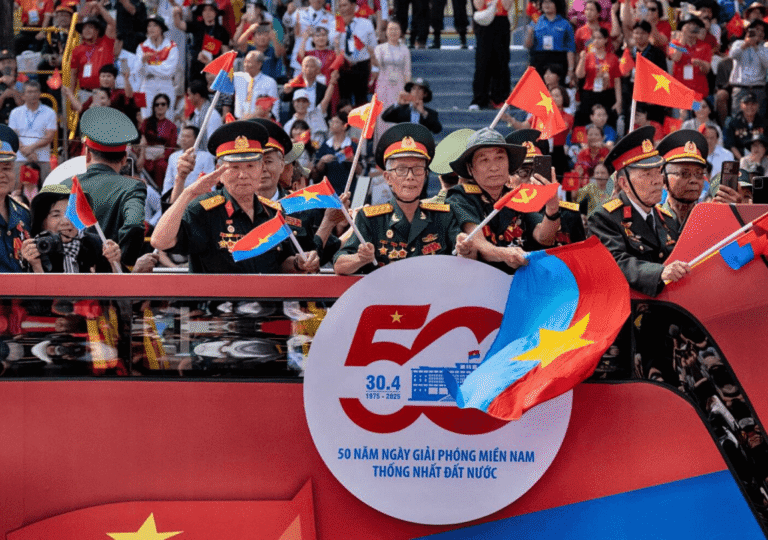
Explore Vietnam's evolving role in global geopolitics fifty years after the end of the war. Discover how the nation navigates shifting alliances and emerging challenges in the 21st century.